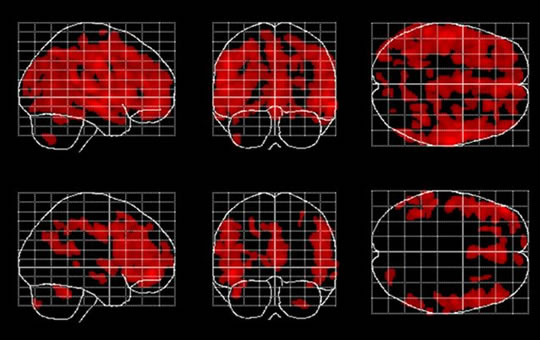As little as four 20-minute daily sessions were enough to reduce pain.
Mindfulness meditation is better at reducing pain than a placebo, a new study finds.
This is more impressive than it sounds because even a placebo can reduce the experience of pain considerably.
Brain scans also showed that people who practised mindfulness meditation had very different patterns of activity.
[** Here are eight quick mindfulness exercises that can easily fit into your day. **]Dr Fadel Zeidan, who led the study, said:
“We were completely surprised by the findings.
While we thought that there would be some overlap in brain regions between meditation and placebo, the findings from this study provide novel and objective evidence that mindfulness meditation reduces pain in a unique fashion.”
People in the study were initially pain-free, but were treated with a ‘thermal probe’ to get over this hurdle.
For the treatment, one group were given a placebo cream, which contained no active ingredient.
The other group had some brief training in mindfulness meditation.
Placebo cream reduced the sensation of pain by 11% and the emotional aspect of the pain by 13%.
Mindfulness, however, reduced pain sensation by 27% and the emotional aspect by 44%.
Mindfulness also did better on other measures of pain compared to a placebo.
It reduced pain intensity and pain unpleasantness.
Dr Zeidan explained the results of the accompanying brain scans:
“The MRI scans showed for the first time that mindfulness meditation produced patterns of brain activity that are different than those produced by the placebo cream.”
The study’s results suggested that the mindfulness may have worked, at least partly, by slowing breathing.
Dr Zeidan said:
“This study is the first to show that mindfulness meditation is mechanistically distinct and produces pain relief above and beyond the analgesic effects seen with either placebo cream or sham meditation.
Based on our findings, we believe that as little as four 20-minute daily sessions of mindfulness meditation could enhance pain treatment in a clinical setting.
However, given that the present study examined healthy, pain-free volunteers, we cannot generalize our findings to chronic pain patients at this time.”
The study was published in the Journal of Neuroscience.
Pain image from Shutterstock










